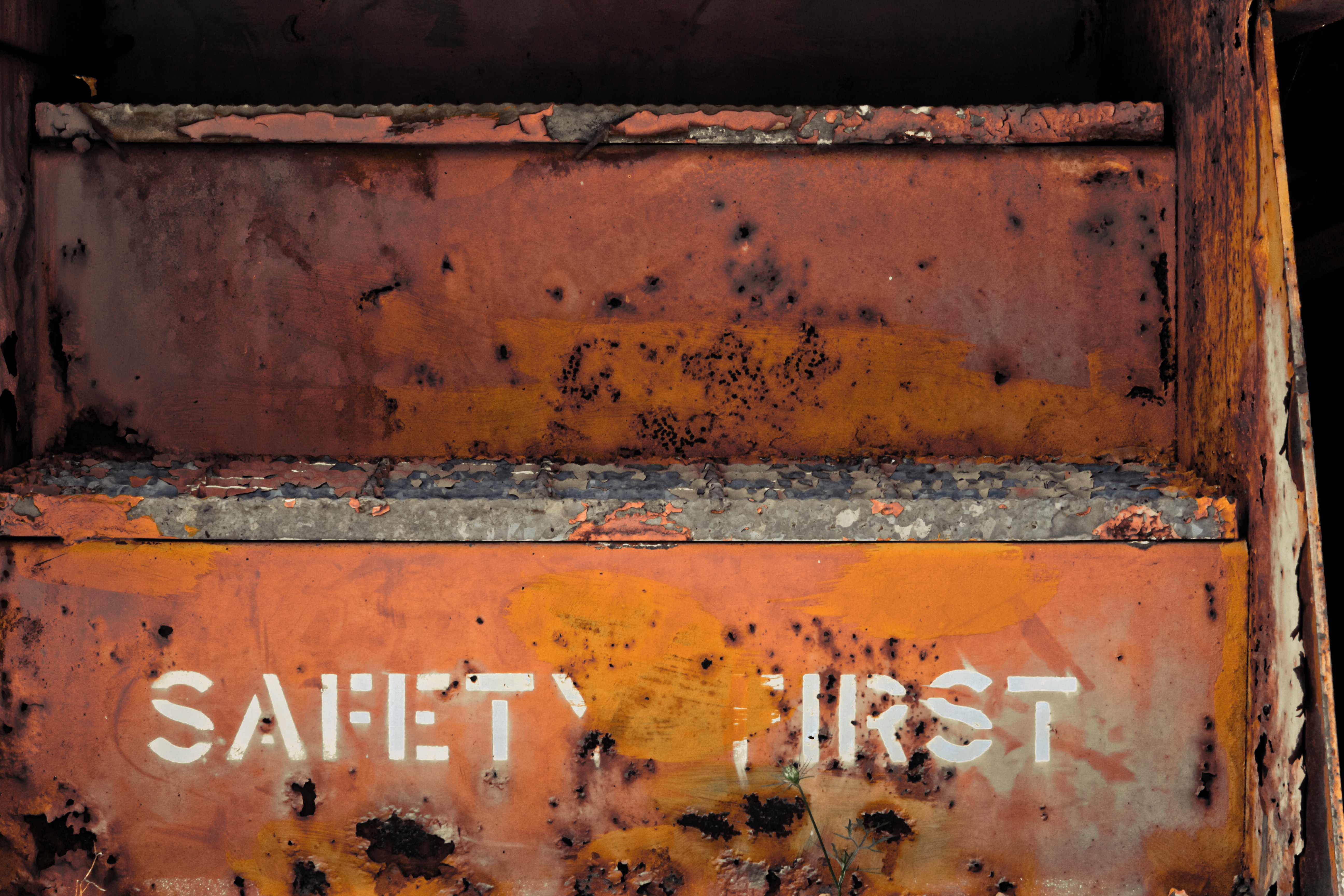Know Your Rights: Safety

According to the Committee to Protect Journalists, at least 44 journalists were killed on duty around the world in 2017. For many around the world, particularly covering conflict, journalism is not safe.
Thankfully, journalism is still a relatively safe profession in the United States, with extreme tragedies remaining extremely rare.
But it is not completely safe. In 2017, at least 44 journalists were physically attacked, according to the U.S. Press Freedom Tracker, of which RTDNA is a founding partner.
Most of these incidents occurred while covering protests, riots or other disturbances, but others happened while crews were simply out on assignment.
The problem isn’t new. In 2012, RTDNA noted an increase in attacks on and thefts from news crews primarily in the Bay Area. By 2015, the trend had not abated and was covered in a special session at that year’s conference.
Now, increasingly vitriolic anti-news media rhetoric has made local crews across the country more susceptible to verbal and even physical threats or attacks while pursuing their First Amendment right to report the news, and your stations’ crews should always be prepared. Even if you are acting within your rights, you may be interacting with confused, aggressive, or even hostile individuals.
Potentially Hostile Situations
Journalists are most at risk when covering potentially hostile situations such as protests or reporting from events with large crowds. Plan well ahead for these types of assignments.
Review your risk management strategy:
- Has your staff had training in personal safety or emergency response?
- Is your insurance coverage sufficient, or do you need additional “special risk” insurance?
- Are emergency contact information and contact procedures up-to-date?
- Does your team have sufficient protective gear?
- Is your crisis plan current and is your staff familiar with it?
SAG-AFTRA, the International News Safety Institute, and the Committee to Protect Journalists each offer safety tips and resources for covering civil unrest, some of which include:
- Research local police tactics such as kettling or use of pepper spray.
- Wear comfortable shoes and clothes.
- Identify a safe location to retreat to if events erupt.
- Bring backup batteries and chargers.
- Protect your data by encrypting your devices and turning off mobile fingerprint unlock.
Emotionally Charged Situations
Your assignment doesn’t have to seem risky for safety to be a concern, however. Many other stories you may be covering involve heightened emotions. You may be interviewing people at the worst moment in their lives, victims of crime or tragedy.
Our code of ethics reminds us that children, victims, and vulnerable populations warrant special consideration when newsgathering.
Your safety in such situations may be determined by your professional, ethical conduct – or subjects under stress may lash out. Here are some tips from RTDNA contributor Donna Francavilla:
- Approach the scene slowly, keeping a respectful distance.
- Wait to be acknowledged before approaching.
- Express your sympathy.
- Ask for permission to tell the story.
- Respect victims’ and their families’ wishes for privacy.
It's also a good idea to work such assignments in pairs. If you must be alone (we hear you, MMJs) always let someone know where you are. Consider alternate ways to cover crime scenes, such as maps or photos, or leaving when police or other officials do.
Everyday Encounters
Even every day liveshots or MOS can bring risk too, so it’s important to always be prepared. Remember that every time you go out in the field, you are representing your organization, and the best way to stop aggression or even violence is to prevent it.
- Always be polite and respectful.
- Talk to the public. Explain why you’re doing what you’re doing.
- Whenever you can, ask permission before recording.
- Do not run, chase or shove a microphone into anyone’s face.
- Don’t assume the worst- someone may simply not know that you are acting within your rights.
- Even if you are in the right, engaging in an argument, especially on camera, may not be constructive.
Remember that your safety is more important than the story.
